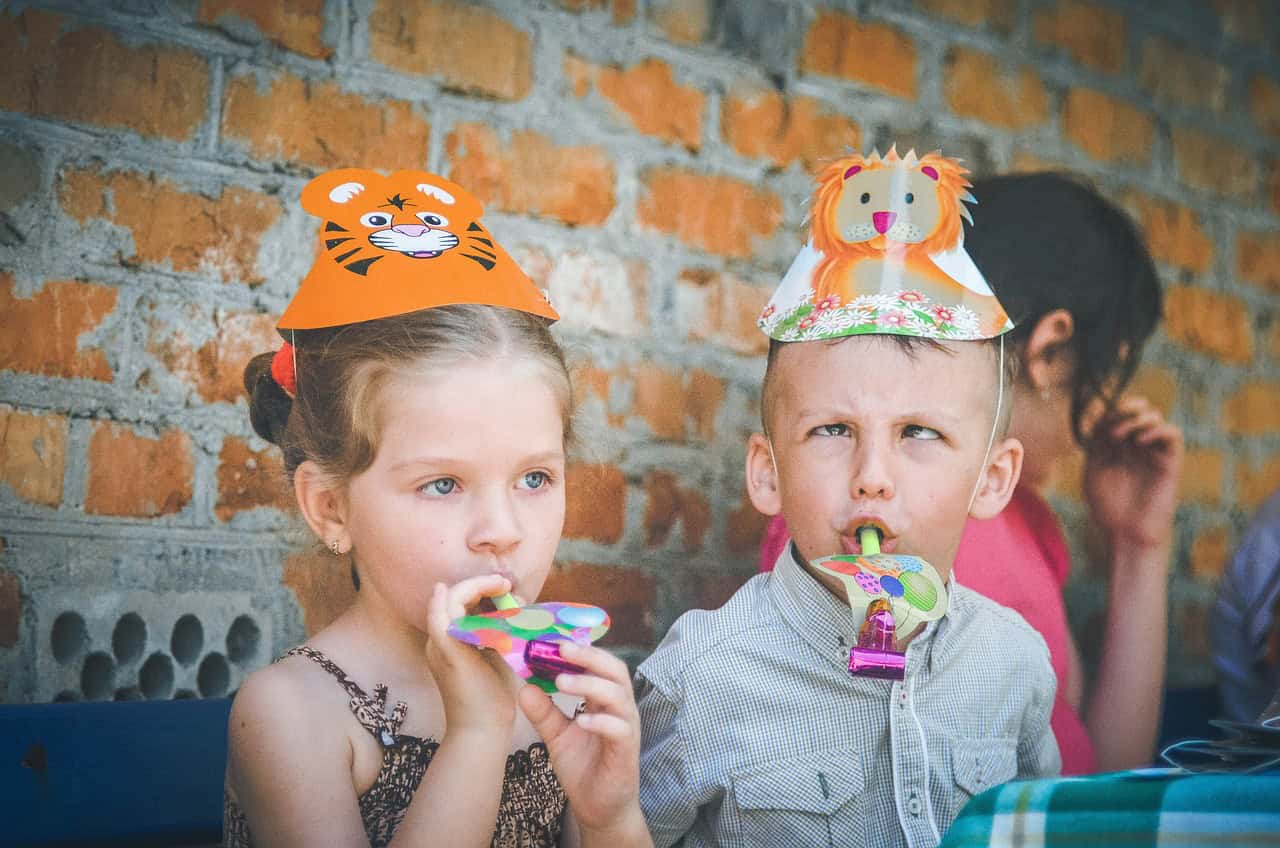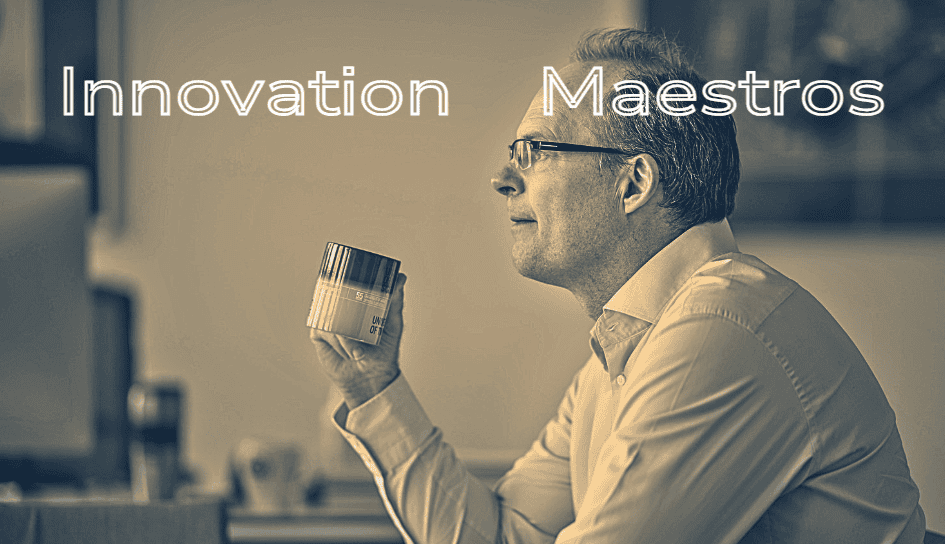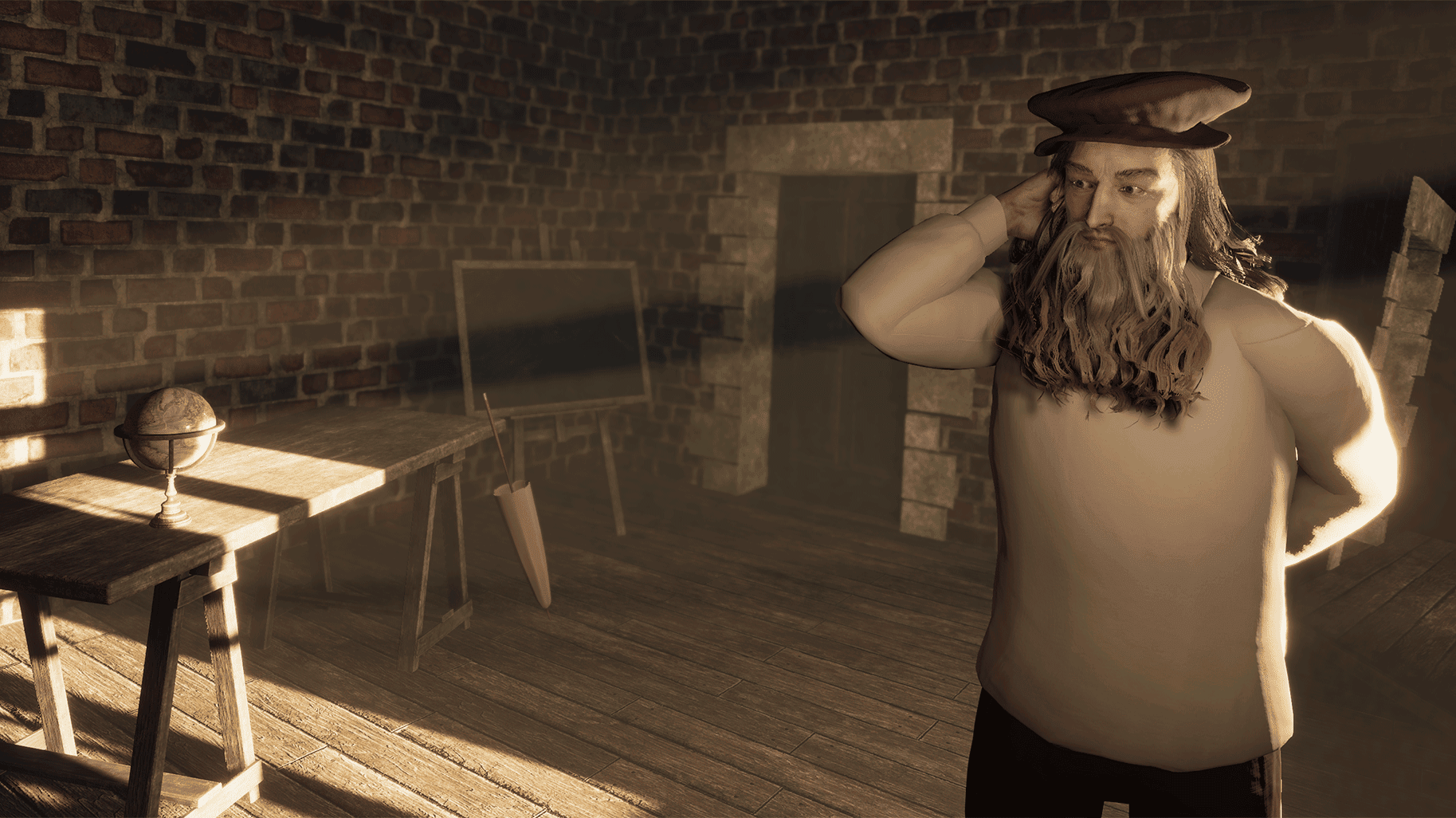
During an inspirational Design Thinking session a while back, I was asked if I am raising my children differently because I am doing Design Thinking day and night. My instinctive answer was immediately, “No. Design thinking is my job, and it is separate from my children’s. I have never seriously studied parenting, and I think my husband and I’s parenting style is best characterized by “we just mess around with all the best intentions in the world. We have never read a book on parenting, nor do we have a conscious parenting style here at home.
My publisher, who also attended the inspiration session and now knows our family quite well, intervened. “Well,” he began cautiously, “I think you deal with your children a little differently, and your children are inquisitive, more so than other children.” With the latter, he had a point I knew. The inspiration session differed from the place to have a long conversation about parenting, but it was the trigger to tackle this subject anyway. I had conversations with people who know us well and, of course, with hubby and the kids (11 and 12 years old). From those conversations, I dissected the following parenting credos.

Be insatiably curious
“Just follow your curious nose” seems to be the comment I make most often when we are in a place where there is something to discover. Whether it’s a city break or a museum visit, follow your curious nose and see where it takes you. Walk down the alley that invites you to explore or move toward the painting that touches you the most. With these kinds of subtle comments toward my children, I have been inspired, consciously or unconsciously, by my greatest inspiration of all: Leonardo da Vinci (for Innovation Origins, I wrote several columns about him as a design thinker, about his notebooks and To Do lists and about my assessment of his view of education). In his book “How to Think Like Leonardo Da Vinci,” Michael Gelb discusses the seven principles that characterize Leonardo da Vinci’s thinking, and at the top of the list is “curiosity,” or “be insatiably curious. Our children are very clear about this: “There’s nothing more fun than discovering new things, is there?!”
Be inspired
My husband and I intend our lives to be as culture-rich as possible. And so our oldest had his first visit to a museum at nine weeks, and our youngest was six weeks old when he came face to face with the Night Watch at the Rijksmuseum. The children were five and six when we first took them to an opera, the Dutch opera Thijl, and if you ask them now what the most extraordinary thing they have ever seen is the opera Turandot in the Roman arena in Verona. The mission is to experience as much culture as possible: at the cinema, at the theater, at the museum, at a festival site. From grand ballets to small theater performances in the open air. From stimulating exhibitions to cool rock concerts. Our 12-year-old adolescent daughter says this is all “super cool.”
Delve into what’s going on
My children surprised me most in our recent conversations about parenting with the comment, “Because we know what’s going on in the world, I think we are more understanding of others in difficult situations.” In Design Thinking language, this is also called “Empathize”: deepen and put yourself in the other person’s shoes. Both children get up with the news and go to bed with it. Our children are the biggest consumers of the NOS app and Youth News videos. I learned from these recent parenting conversations with my children that they do so not only because they are curious but also because they want to understand what is happening in the lives of others. They realized they were somewhat different from their classmates: “Others don’t care about the news at all, and we do.”
Learn from trying
“From trying, you can learn.” My husband and I said this daily, mainly when the children were small. I think several times a day. Now that they are older, trying takes place more in other aspects, from experimenting with study approaches to effectively memorizing French words to trying out flavors and experimenting in the kitchen. You only know if something works when you try it. And with trying also goes the occasional grandiose failure. Linked to this is the philosophy ‘every problem has a solution,’ which I’m afraid is rammed into children’s heads. Is the glass half full or half empty? Do you think of problems or solutions? It makes a world of difference.
Build it
In my conversations about parenting, one of my friends said, “But your house is one big LEGO paradise.” That’s right. From the hall to the bedroom, there are bins of LEGOs everywhere, as well as the most beautiful creations. Playing with LEGO is synonymous with constructivist dabbling, and in my experience, that is also crucial for Design Thinking. So, those bins of LEGO also accompany me to weekly Design Thinking workshops. LEGO teaches you to build, Design, and develop new creations.
Not believing but knowing
When asked what most characterized our parenting style as parents, my youngest had a severe, deadly answer: “You are raising us very much from science and not from faith.” Even though I don’t think there is any child in the Netherlands who has been to as many churches as those children of ours – their inquisitive noses invariably led them to every church in a city – and even though our children know the Biblical stories very well from museum and theater visits, we are indeed really raising them from science and not from faith. In the world of Design Thinking, you would call this the test attitude: you should introduce a good design not because you think it is a good design but because you have tested that Design with the target audience and thus have had the feedback that it is a good design.
So yes, I am afraid that our children receive a somewhat different upbringing, consciously or unconsciously. Not because we as parents want them to, but because it happens. Ultimately, parenting is about making choices. So, investing in culture means investing less in a broad group of friends or in sports. Investing in curiosity also means giving them all the “shit” in the world, so it’s not an investment in carefree education. And I could go on and on like this. There are no good or bad choices, just different flavors. This is the Design Thinking flavor.


